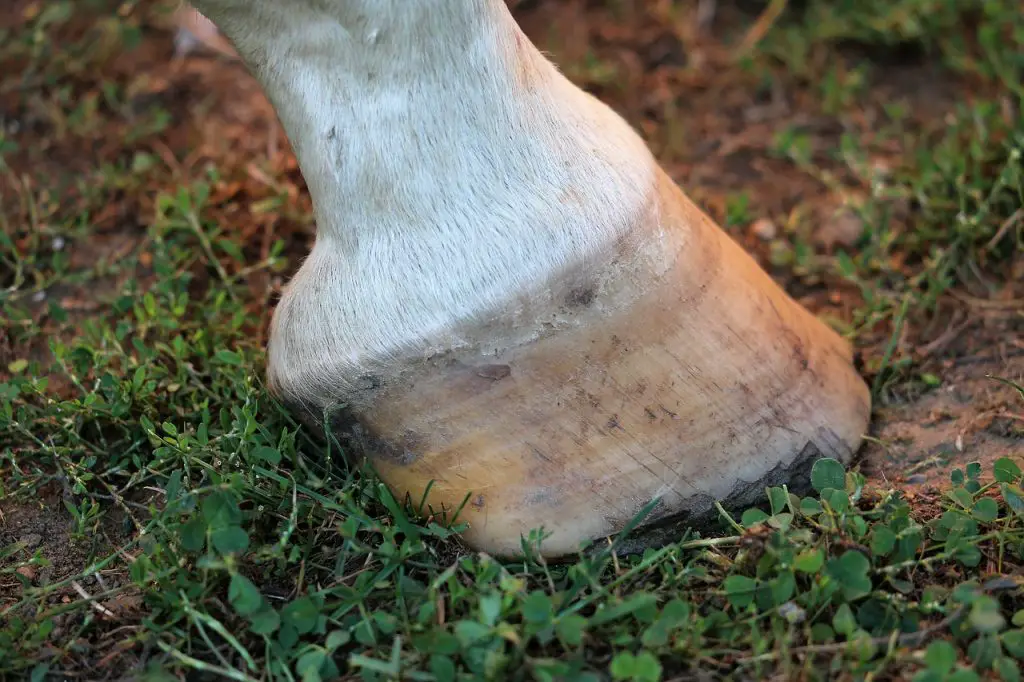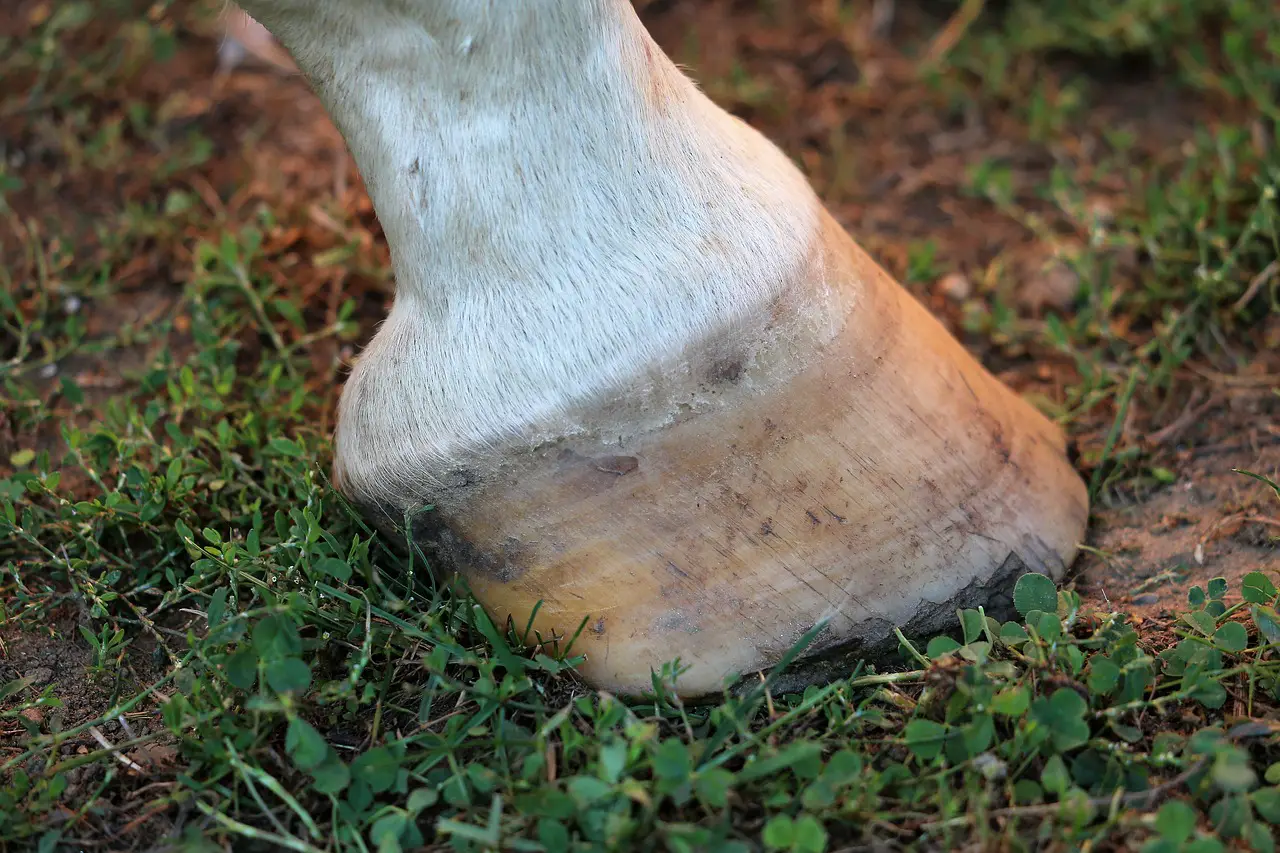Last Updated on February 23, 2022 by Allison Price
When “mud season” turns paddocks to soupy messes, Pasterns can become crusty and scabby. If left untreated, a simple case can become a chronic, painful condition.
Pastern dermatitis is also known as scratches. This refers to the inflammation of the skin between the heels (or fetlocks) and the feet. The affected areas may become crusty and scabby, or oozing yellowish serum.You should not attempt to clean up scabs caused by scratches. It can be painful for horses and could result in them being kicked.
Most commonly, scratches are caused by repeated wetting and drying. Infections of bacteria or fungi through small cracks or wounds in the skin’s surface can lead to the formation of scratches. While scratches can happen at any time, they are more common when horses are exposed to water.

Most scratches can be treated at home and will disappear quickly if you take proper care. If your horse has persistent or severe scratching, you should consult your veterinarian immediately.
- Wash your horse’s feet. You can move your horse to a dry place and wash off dirt, mud, and other debris from his legs. To expose his skin better to the air, you may need to trim the long hairs on his pasterns.
- Wash the area with an antiseptic soap. Use a product that has 2 percent benzoyl peroxide or chlorhexidine, as directed. Higher concentrations of these agents can cause skin irritation.
- Dry your skin completely. A hairdryer with a low setting may be a good choice.
- Apply an antibiotic cream. An antibiotic cream may be used to protect the skin from bacteria.
- Continue to do so until the infection is gone. Wash and treat the skin as often as you can. Most cases resolve within two weeks.
- Identify the problem. You may need to move your horse to a drier pasture or paddock if he develops scratches from too many hours in wet areas. You may also consider long-term solutions such as placing gravel in areas that are chronically wet or taking other steps for drainage.
Sometimes it may take some detectivework to find the cause. Sometimes, scratches can develop from chronically inflamed skin due to bell boots that aren’t fitting properly or harsh environmental conditions like arena footing. Other cases involve chemically treated bedding materials that cause skin irritation.
If/when you have any questions, please call your doctor.
- The infection can get worse, despite being treated, or it may not heal in two weeks. Your veterinarian may also want to rule out vasculitis and mange which can be very similar to scratching. If the infection is fungal, you may need to take prescription medication or another treatment.
- The affected legs begin to swell. Painful swelling may occur if pathogens infiltrate the outer layers of your skin. Your veterinarian should immediately begin treatment.
- Despite treatment, the infection can recur even after changes to horse’s living environment. Some horses are more susceptible to scratching. Your veterinarian may want to examine why your horse seems more susceptible to scratching than others. Your horse may have an immune disorder.



